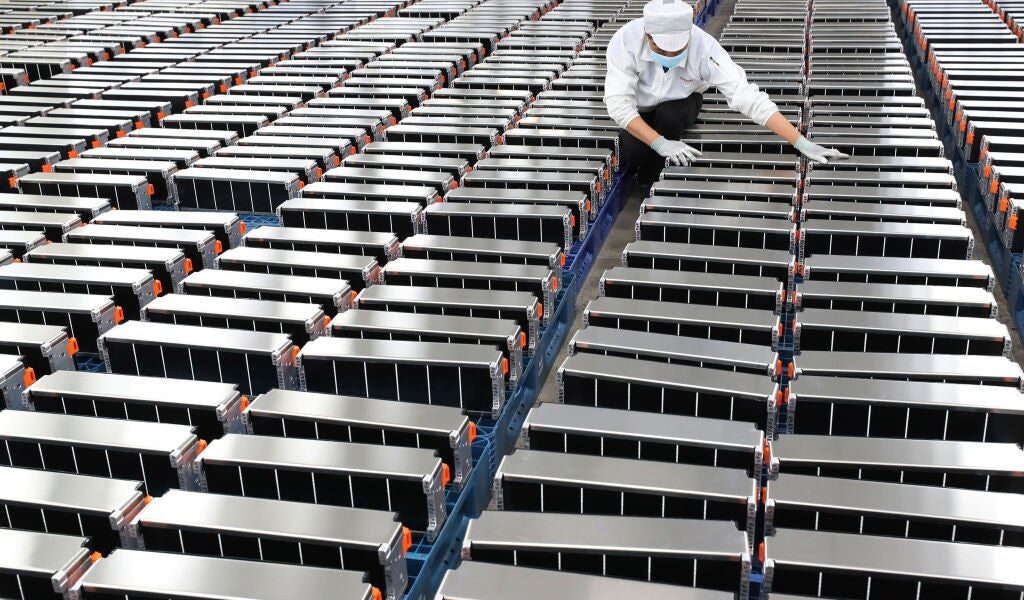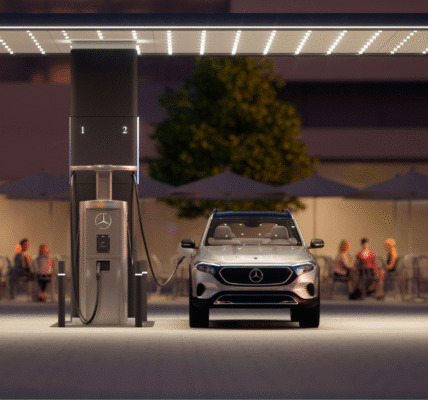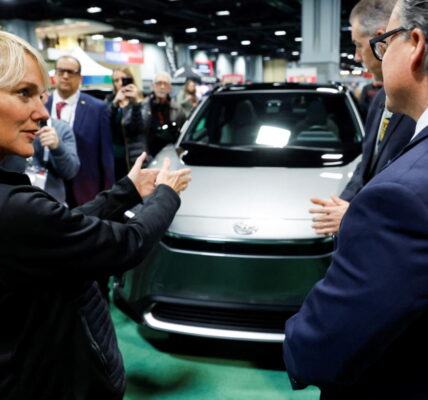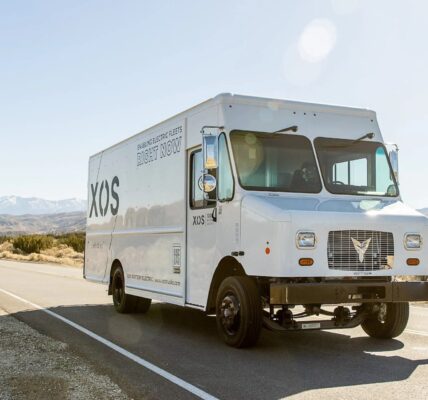Beyond protecting the environment from hazardous materials, lithium-ion battery recycling creates a secure domestic supply of critical materials and promises to make new electric vehicles (EV) cleaner and more affordable. It may be what finally boosts EV adoption in the United States.
Lithium-ion battery recycling is a potentially huge industry that is just getting started in the United States. According to McKinsey, the global electric vehicle battery recycling industry will grow from just $2.5 billion in 2022 to an estimated $36 billion in 2035. In the United States, EV battery recycling is projected to be a $7.2 billion industry by 2035.
Recent advances in lithium-ion battery recycling technologies are improving the economics of EV battery recycling. While there aren’t a lot of EV batteries at end of life just yet, there will be in the next decade. A wave of end-of-life EV batteries is expected to hit in the 2030s. Until then, new battery recycling facilities won’t be sitting idle. In 2023, EV battery gigafactories produced approximately 790,000 metric tons of manufacturing scrap, according to the metals pricing agency, FastMarkets. This production scrap contains valuable lithium, nickel, manganese, cobalt, and copper that can be economically recycled and returned to the supply chain.
THE SUPPLY CHAIN OPPORTUNITY
My own company, Ascend Elements, and other battery recycling companies like Redwood Materials, are investing billions to build America’s electric vehicle battery recycling and materials manufacturing infrastructure. The U.S. government sees the importance of this nascent industry too. In 2022, the Bipartisan Infrastructure Law enabled the U.S. Department of Energy to grant $2.8 billion to the battery materials processing, recycling, and manufacturing industries.
It may seem counterintuitive at first, but this fast-growing recycling industry may ultimately lead to faster adoption of electric vehicles. That’s because battery recycling is not just a waste disposal challenge at the end of the product life cycle, it’s also a supply chain opportunity at the start of the EV battery manufacturing process.
Meeting the global demand for electric vehicles will require unprecedented quantities of lithium, nickel, cobalt, manganese, and copper—all metals that are not generally mined in the United States. Benchmark Minerals estimates that at least 300 mines will be needed to meet worldwide demand by 2035. EV industry insiders worry that shortages of these critical battery materials will slow the growth of electric vehicle adoption and make America continually reliant on Chinese batteries.
Fortunately, the EV battery industry in the United States isn’t relying on primary (mined) metals alone. Lithium-ion battery materials are infinitely recyclable. Just about every major automotive original equipment manufacturer is actively looking for ways to include recycled battery materials in new electric vehicles. By specifying recycled materials for their EV batteries, automakers can secure a reliable, domestic source of critical metals that work just as well as primary metals. Plus, use of recycled battery materials can also help the vehicle qualify for the $7,500 tax credit detailed in the Inflation Reduction Act.
LOWER CARBON EMISSIONS
Supply chain security and tax credits are pretty good reasons for automakers to specify recycled content in EV batteries, but there’s another even better reason: lower carbon emissions. Electric vehicle critics often point to EV batteries’ carbon footprint as reason to stick with internal combustion engine (ICE) vehicles. But batteries made with recycled content have a significantly smaller carbon footprint than batteries made with newly mined metals. As a result, recycled battery materials can make electric vehicles even cleaner—enabling EVs to reach carbon parity with ICE vehicles much faster.
My team recently commissioned an independent life-cycle assessment of our NMC 622 cathode active material product made with recycled battery materials. We found that 1 kg of NMC 622 cathode made with primary material from mining would result in 42.8 kg of CO2 emissions while 1 kg of the same product made with recycled materials (using our patented Hydro-to-Cathode® process) generates just 21.9 kg of CO2. That’s a 49% decrease in carbon emissions.
By 2030, with our plans to use 100% renewable energy to power our operations and a few other operational changes, we’ll be able to reduce carbon emissions to just 4.4 kg of CO2 per 1 kg of NMC 622 cathode produced—a 90% reduction in carbon emissions. Recycled battery material won’t eliminate the need for mining anytime soon, but it can minimize the need and supplement the domestic supply chain while making EVs cleaner and more affordable. I suspect it won’t be long until we see EV brands advertising the climate benefits of recycled battery materials.








